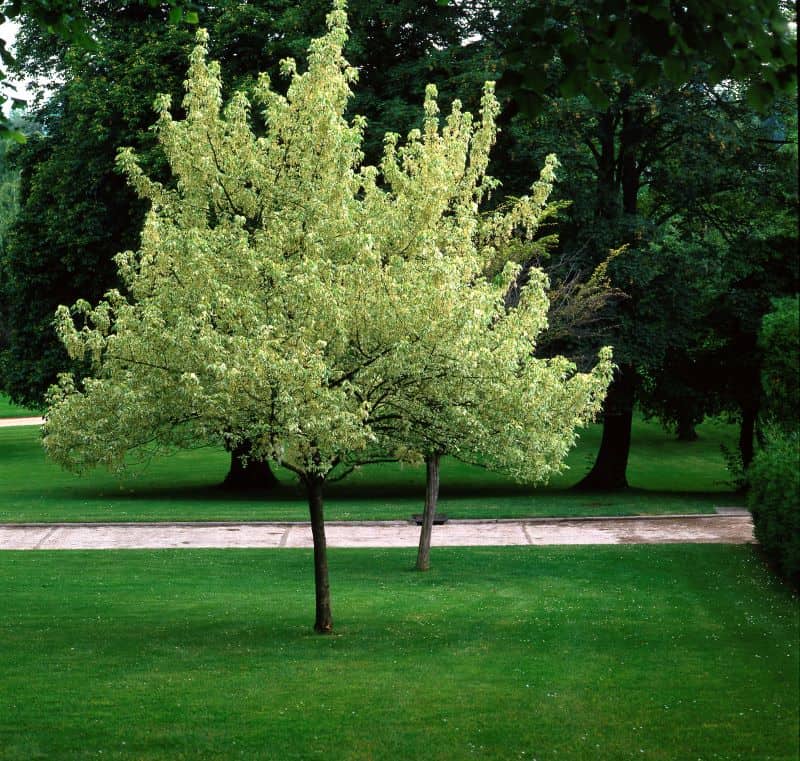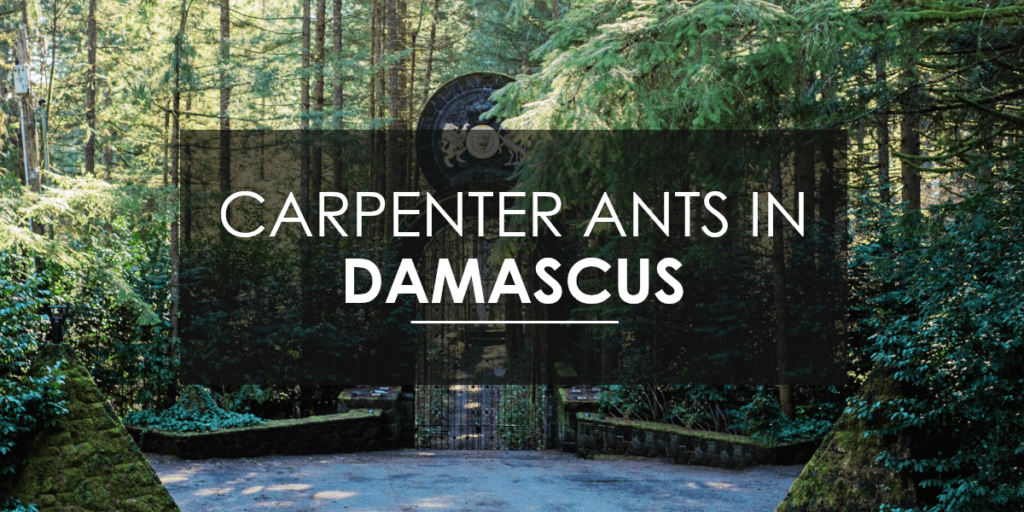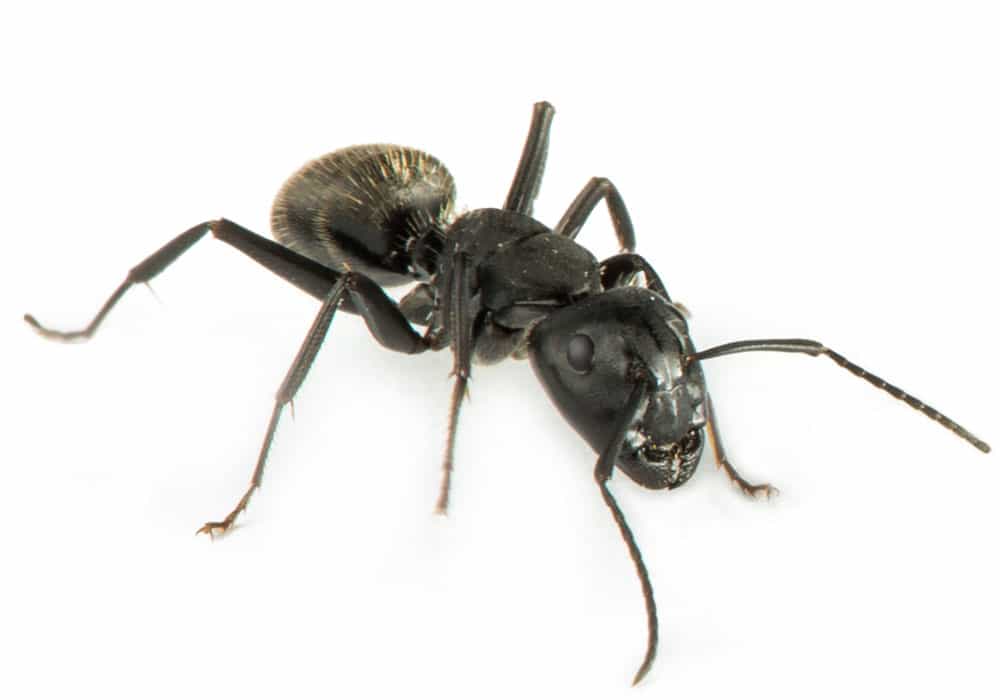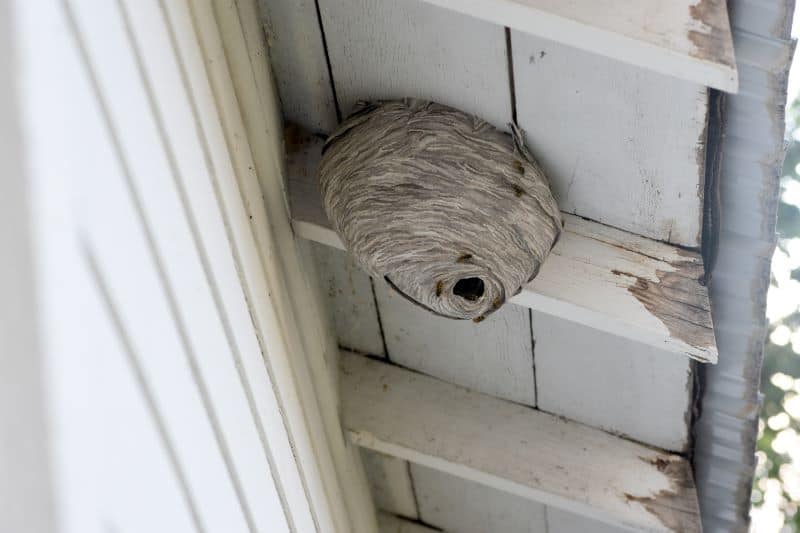Are you dealing with a boxelder infestation?
Boxelder bugs aren’t the most widely known pest in the Pacific Northwest, but they certainly are widespread across the western United States. More and more, the Aspen Pest Control team is asked to help Washougal homeowners rid their homes and properties of boxelder infestations, and we can help you with yours, too. Contact us today for your consultation.
While you’re waiting for our licensed, insured, and experienced boxelder bug technicians to arrive at your home to assist with pest control near you, let’s learn more about this insect, including its appearance, its diet, why it has chosen your home to invade, and what you can do to get rid of them.
Learn more about boxelder bugs
Why are they called “boxelder bugs?”

The unusually named boxelder bug gets its name from its very favorite source of food, the boxelder maple. The female boxelder maple trees are the seed-bearing form of this tree, and the boxelder bugs derive much of their nutrition from these seeds, but are also known to eat the seeds of other maple trees, as well as fruit and ash trees.
In some cases, boxelder feed on the twigs and leaves of male boxelder trees, causing them to have yellowed leaves, or other low-grade irregularities. Additionally, boxelders may eat the fruit of pear, apple, and peach trees, causing damage in the process.
These small bugs, about a half-inch in length on average, tend to congregate as close as possible to their food sources, so it won’t be difficult to determine what’s attracting them to your property. However, in the spring and fall boxelder bugs can travel a great distance in search of places to spend the winter, and that’s typically when they start showing up in residential neighborhoods.
What do boxelder bugs look like?
You’ll also have a pretty easy time identifying the boxelder bug. They have an incredibly distinct appearance. The somewhat flat and long bodies of the adult bugs, which is a shape comparable to a sunflower seed, are typically very dark brown or even black in color.
What’s perhaps most unusual about the appearance of the boxelder bug is the fiery red-orange color that outlines their wings, their thorax, and each section of their antennae. The boxelder bug’s eyes are a deep maroon.
The newly hatched bugs are entirely orange-red in color, and will progress to their mostly all brown or black coloring as they reach adulthood.
Why do I have boxelder bugs in my home?
Though it’s clear that boxelder bugs have come to your property because it provides a reliable source of food for the bugs, what is less clear is why (and how) they’ve made their way inside of your home.
When boxelder bugs prepare to overwinter (essentially, a term referring to hibernation for insects), they seek out a safe and warm environment to protect themselves during the cold season.
You might notice that the boxelder bugs have been congregating on the sunny side of your home as the days get shorter and cooler. Their natural instinct is to head to the woods for warmth and cover when the weather cools off, but the warmth emanating from your home is just too good to ignore.
Should the bugs find a way to get inside of your home, they’ll signal to each other that this is a warm, safe place to call home, and will soon fill the voids between your walls. During the normal overwintering phase for boxelder bugs, they do not eat nor do they mate.
However, the continuous warmth of your home can scramble a boxelder bugs natural instincts, and it is possible that they will possibly reproduce, and will likely be seeking out food, making their way into the home for nutrition.
Will boxelder bugs cause damage to my home?

It is very unlikely that boxelder bugs will cause any sort of structural damage to your home. Unlike termites, or even carpenter ants, boxelder bugs aren’t looking to eat or burrow into the wood of your home.
While they won’t do structural damage to your home, on rare occasions they may cause minor cosmetic staining, particularly to furniture, upholstery, carpeting, curtains, and more.
How do I prevent boxelder bugs from returning?
So what else can you do to minimize and control boxelder bug infestations, outside of subscribing to Aspen Pest Control’s Home Protection Plan? The most important thing you can do is to seal up any of the places where boxelder bugs and other pests can make their way into your home.
Check your home’s windows and doors for cracked seals or other types of openings. Inspect your home’s siding, brickwork, and foundation to make sure there aren’t any cracks that would allow these pests entry into your home. Repair these places accordingly, and through our combined efforts we can make your major boxelder infestation a thing of the past.
Do you have a boxelder infestation at your Washougal home that is out of control? Aspen Pest Control can help! We’re a locally owned and operated, family-centric business that believes in making our community as safe and as comfortable as possible through our work. When you need help with pests, Aspen Pest Control is here to help. Contact us today!








